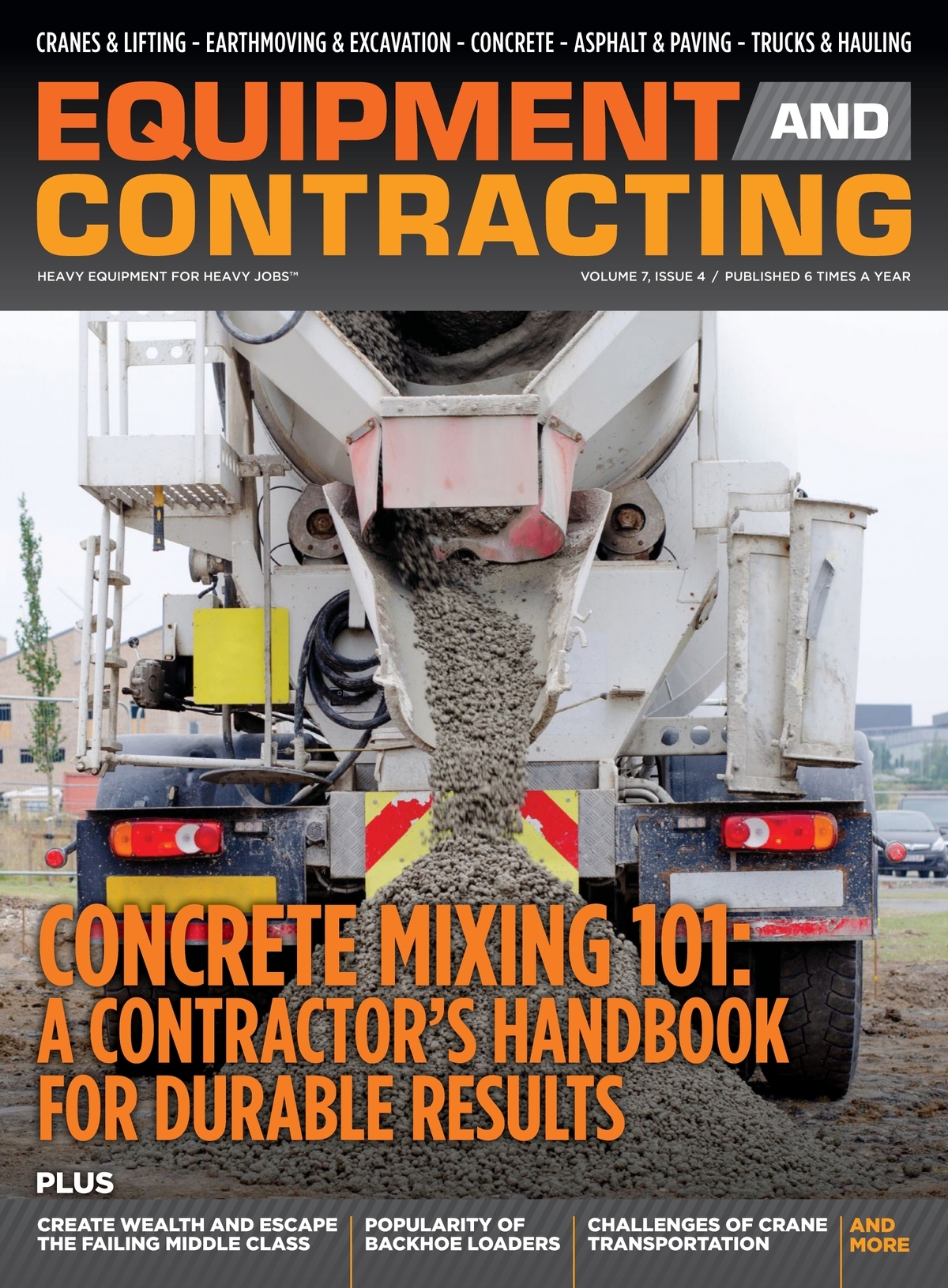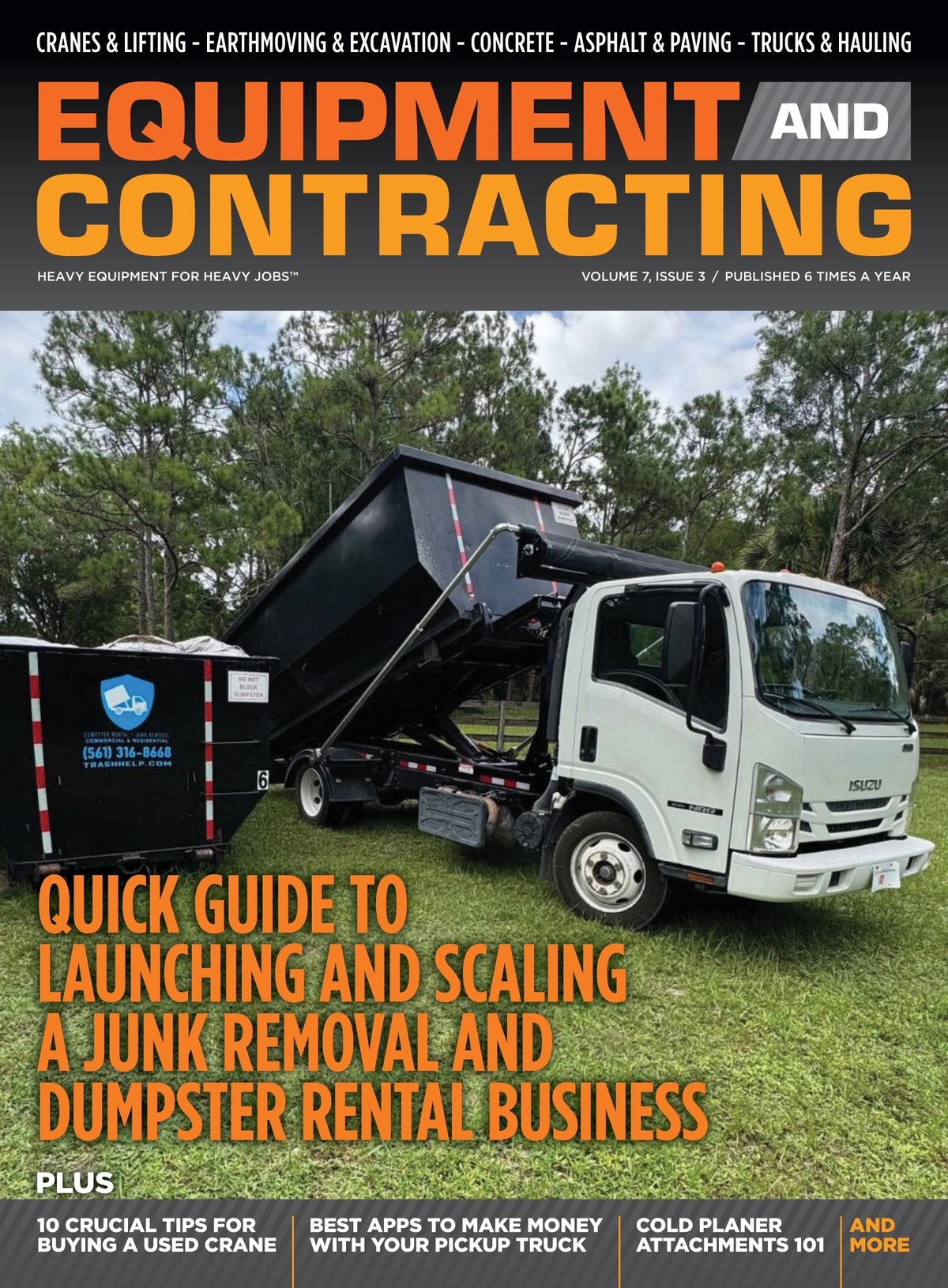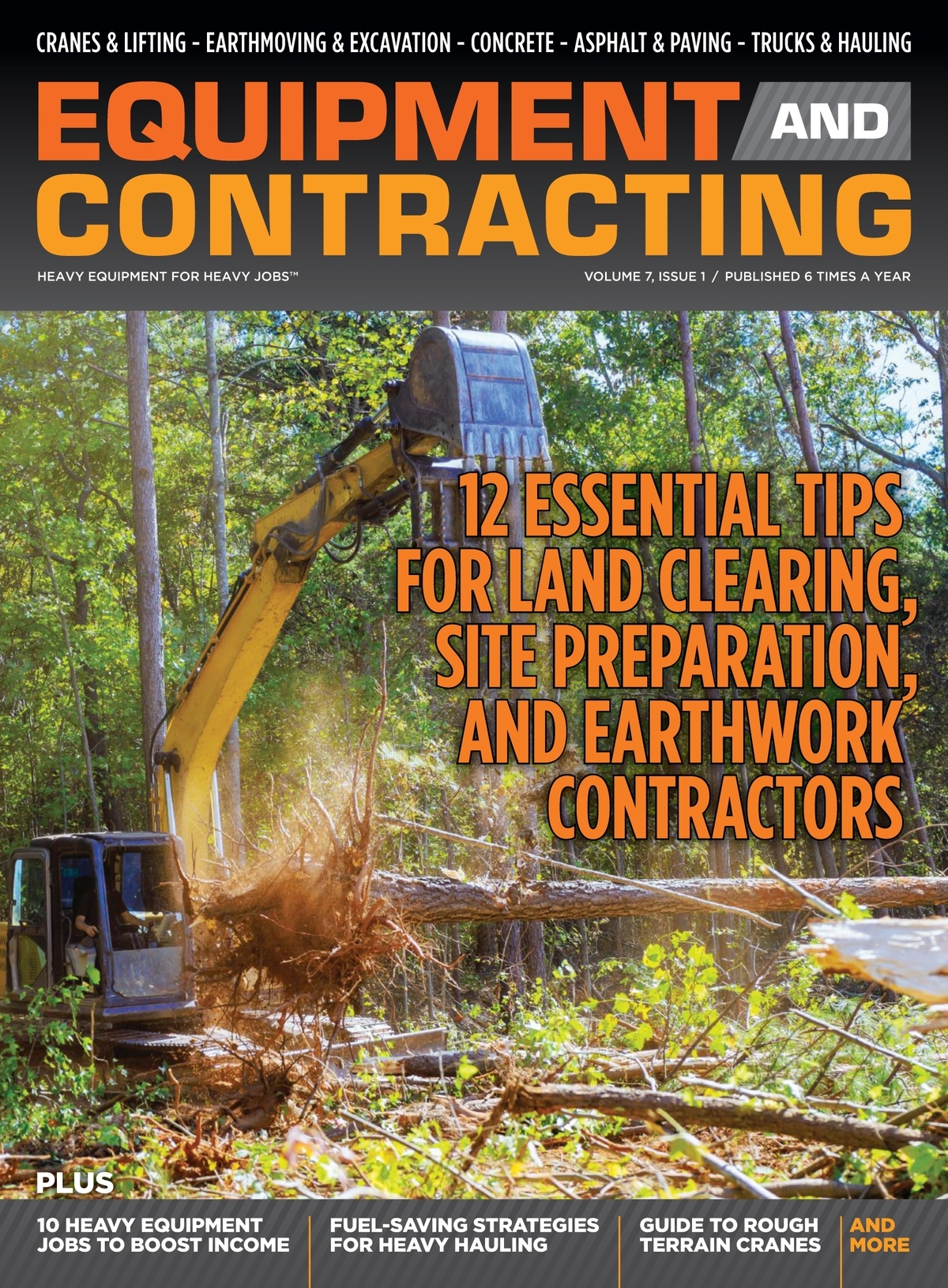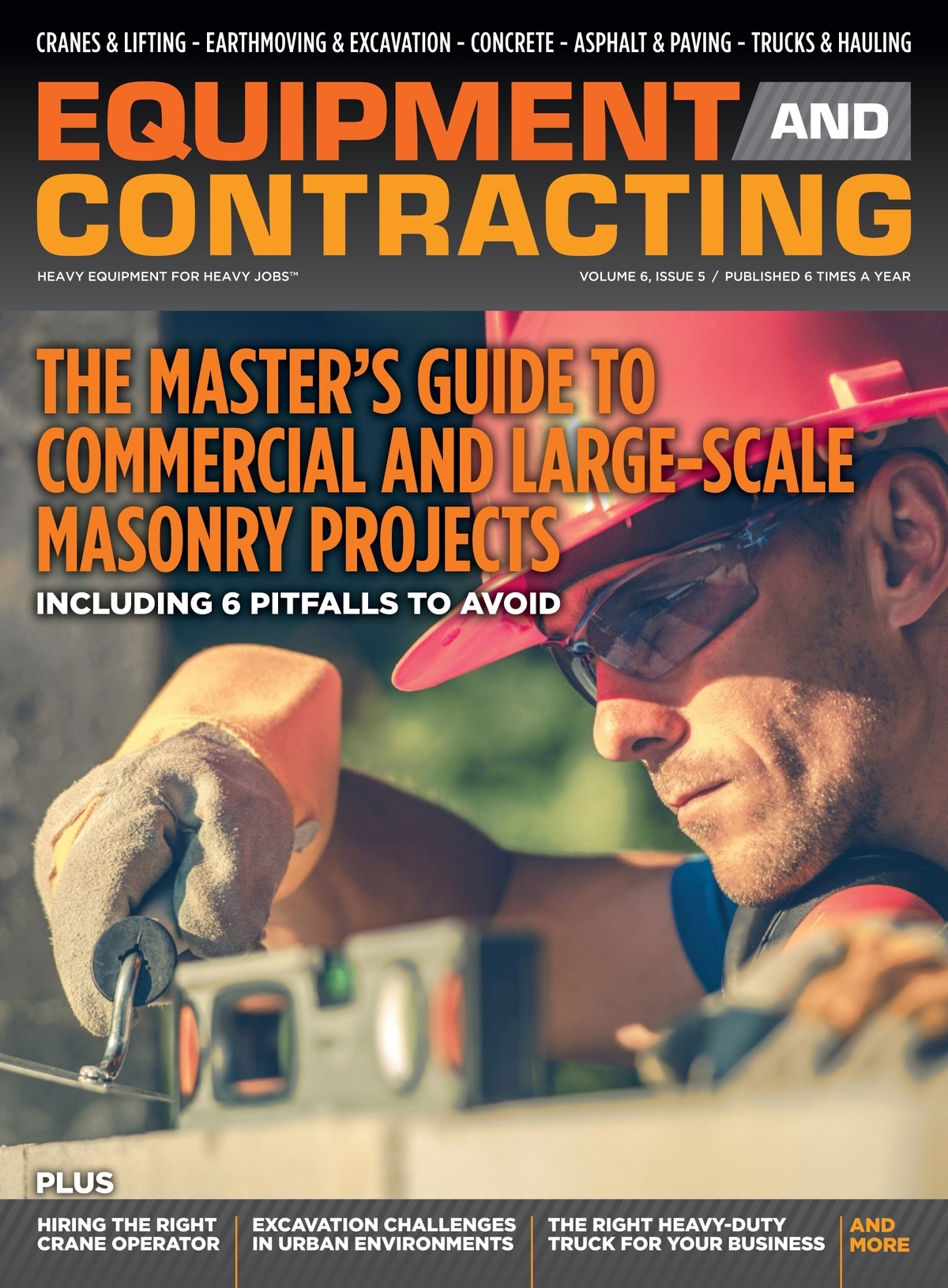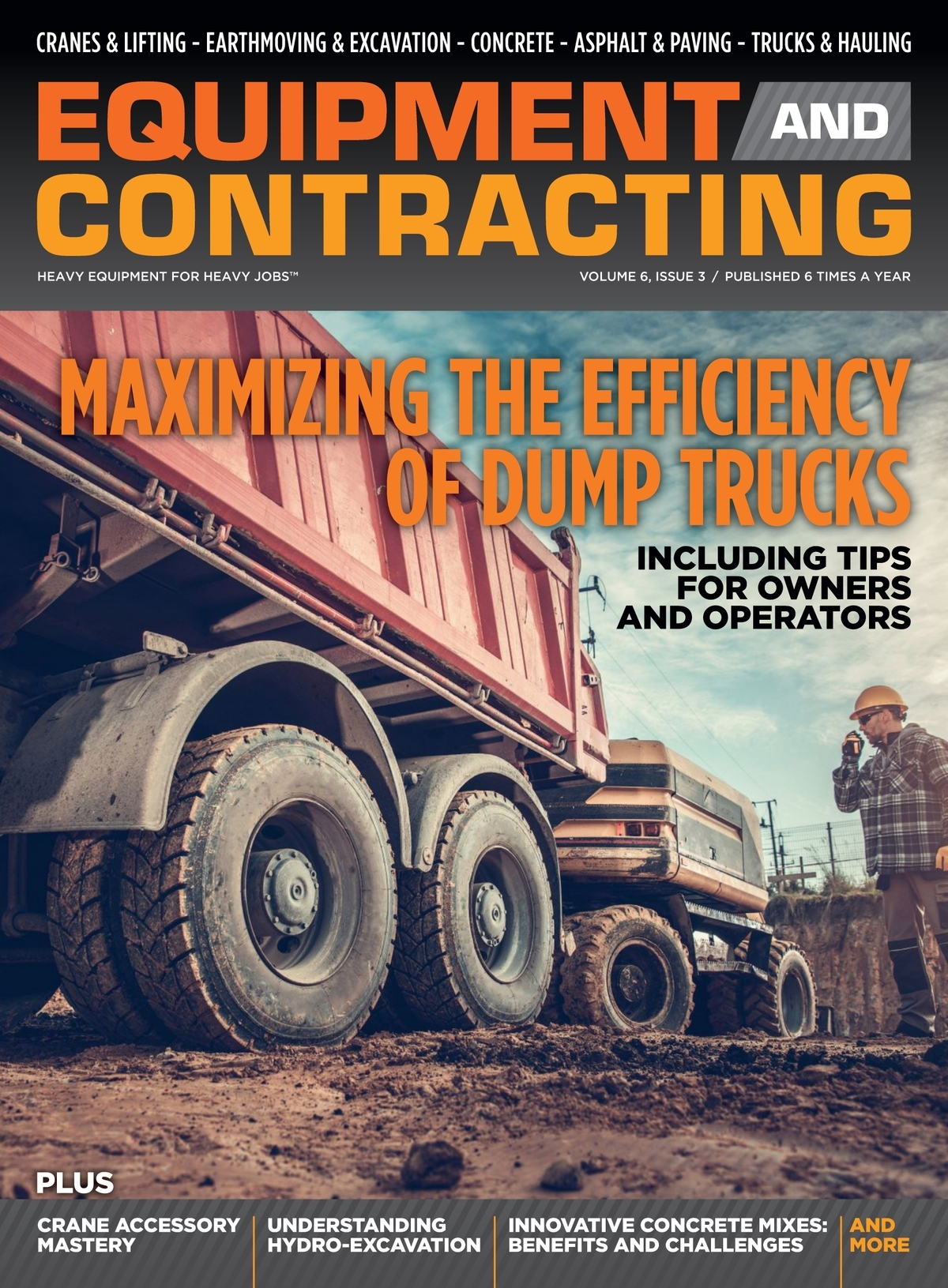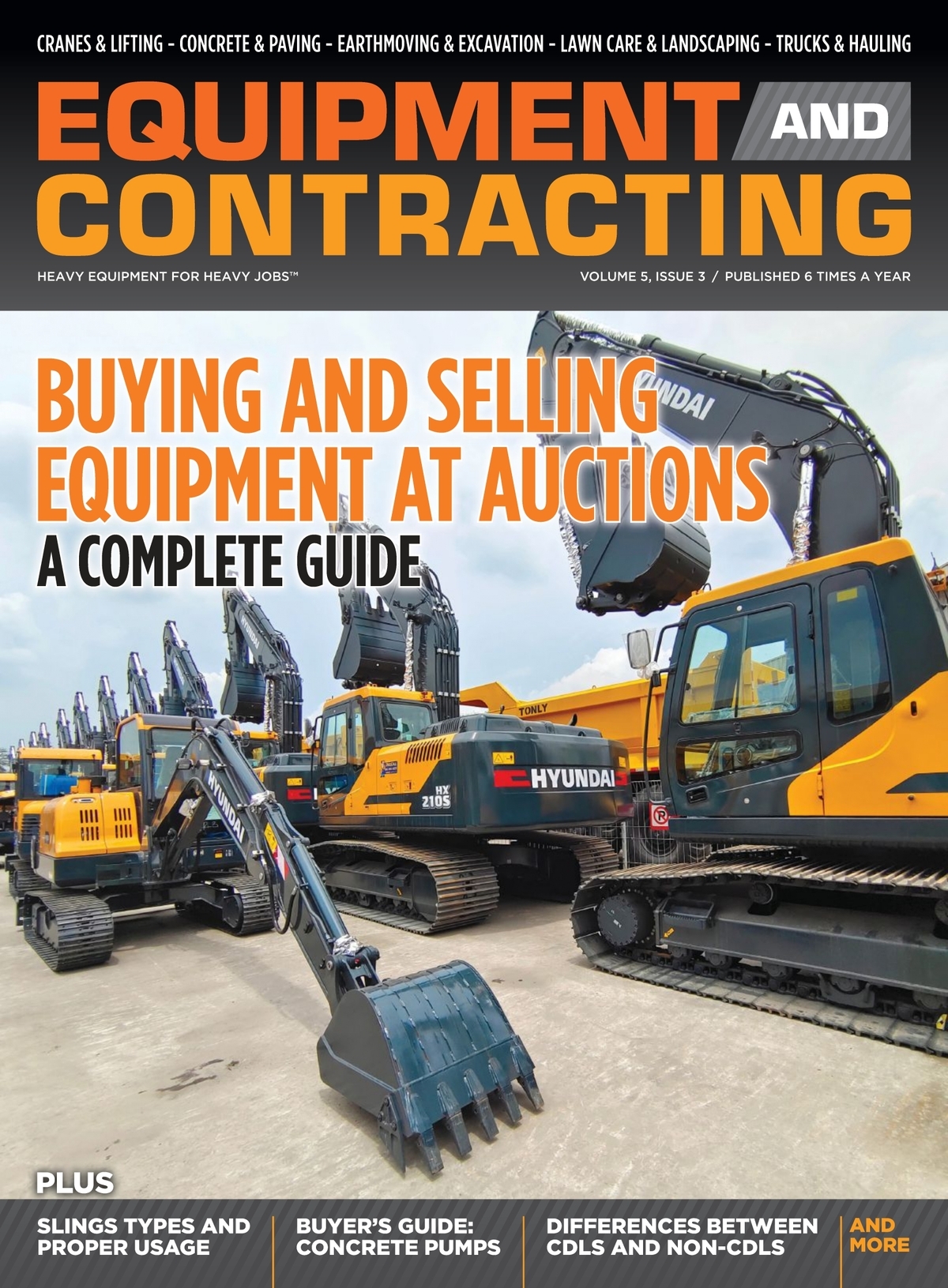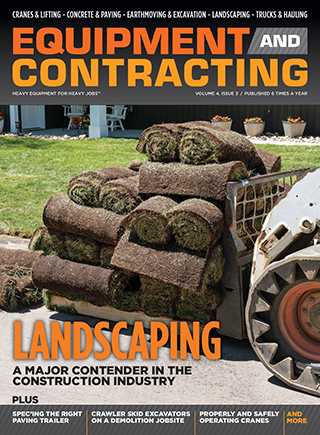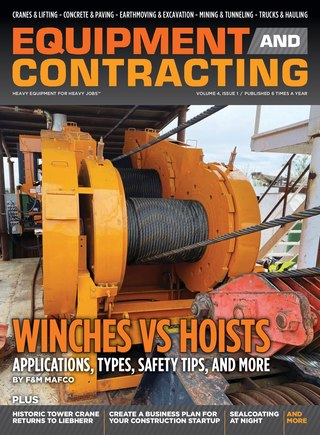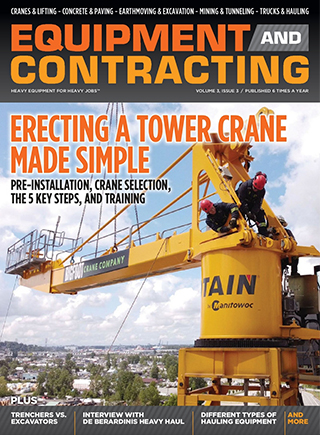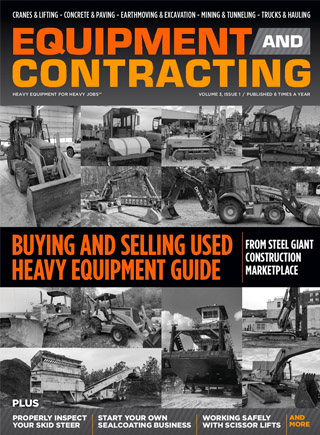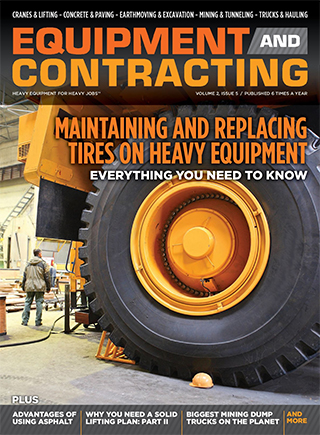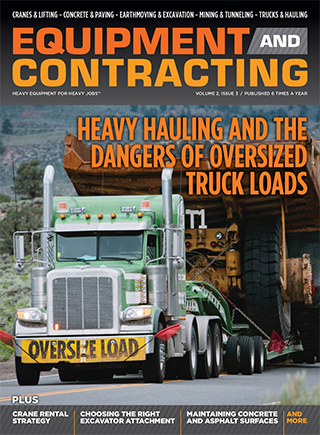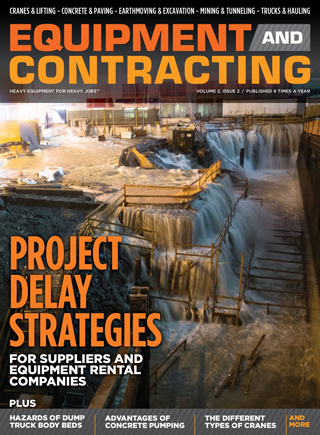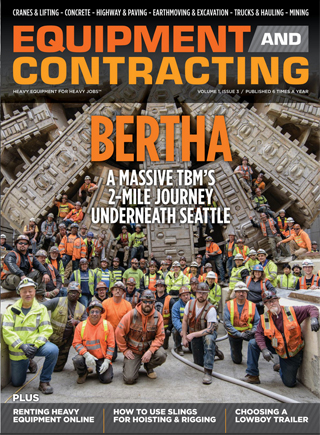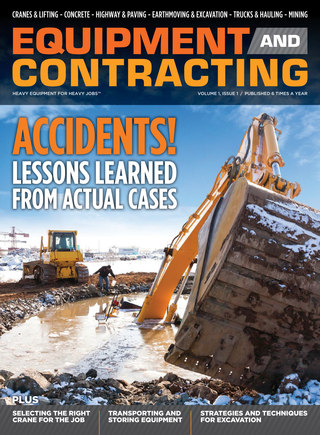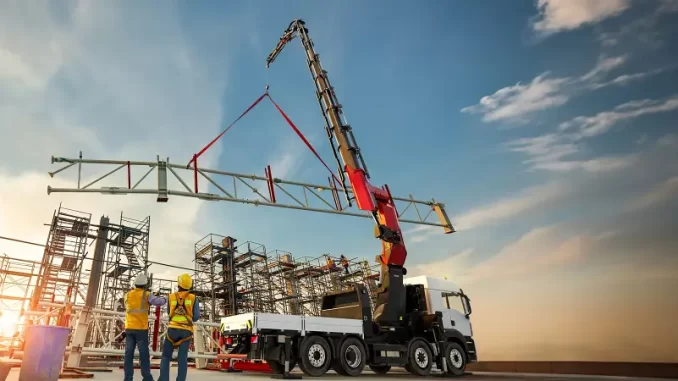
Across construction, logistics and infrastructure work, contractors are facing tighter schedules, complex sites and rising expectations for safe and efficient lifting. These pressures have accelerated the adoption of knuckle boom cranes, a class of equipment known for its articulated boom design, compact footprint and impressive precision. As job requirements evolve, more contractors are choosing machines that deliver flexibility, controlled movement and lower operating costs. The result is a clear shift toward knuckle boom technology on modern job sites.
The Evolution of Crane Technology
From Traditional Straight Boom to Articulating Boom
Straight telescopic booms have been a long standing option, yet their linear extension limits how they can approach a load. The knuckle boom crane introduced an important improvement through its hinged boom structure. This articulated geometry allows the boom to bend, fold and reach around obstacles while maintaining strong lifting ability. It also enables contractors to work in confined environments where traditional cranes would struggle or require extensive repositioning.
Designed for Modern Job Site Conditions
The construction landscape now includes dense urban areas, retrofit projects, industrial upgrades and tight utility corridors. These settings require equipment that can lift heavy components without needing large operating radiuses. The ability of a knuckle boom crane to fold compactly for transport and deploy quickly with minimal space has made it a strong fit for these modern demands. Contractors benefit from reduced setup time, easier navigation around structures and improved control during placement.
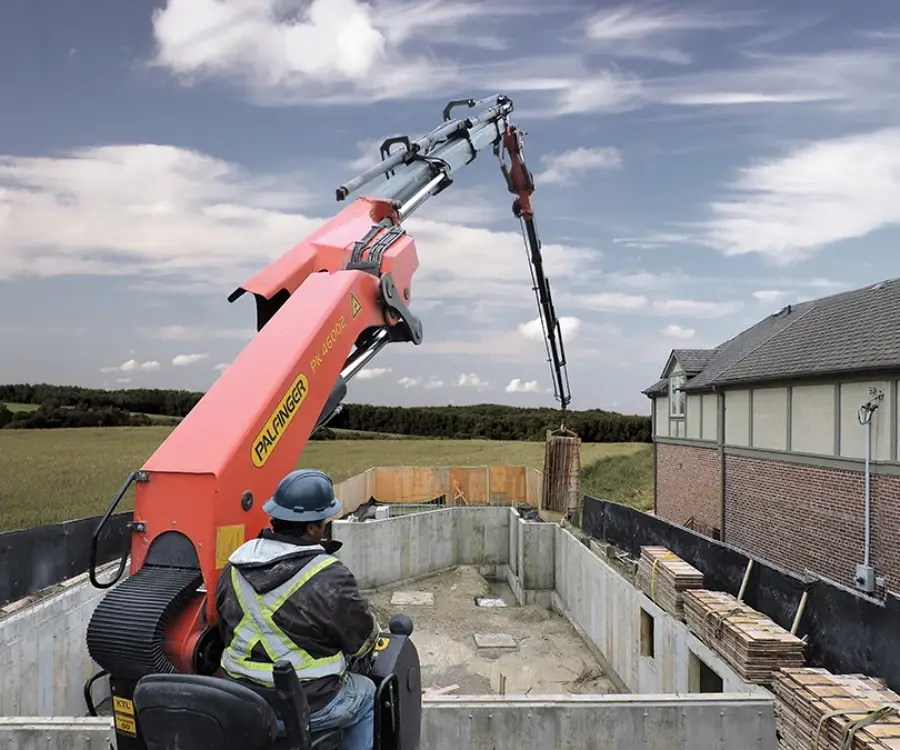
Key Advantages for Contractors
Better Manoeuvrability in Confined Areas
One of the reasons knuckle boom cranes are widely preferred is their manoeuvrability. The articulated sections of the boom can pivot independently, allowing the operator to place loads with precision even when working over walls, around corners or between obstacles. This capability supports safer and more efficient handling of building materials, mechanical units and structural components, especially in locations where access is restricted.
Greater Precision in Load Placement
Precision has become a priority as construction tolerances tighten and project logistics become more complex. Knuckle boom cranes excel in this area because the operator can make small adjustments through multiple hinge points rather than relying on a single telescoping path. The result is smooth, controlled movement when placing materials on rooftops, inside buildings or within narrow access zones. This precision reduces delays, lowers the risk of rework and supports better coordination between work crews.
Broader Utility Across Multiple Sectors
Knuckle boom cranes now serve a wide range of industries including construction, utility maintenance, transportation, marine operations and forestry. Their ability to load, unload and place materials makes them a versatile asset that can shift easily between job types. This versatility helps contractors reduce fleet complexity, streamline training and optimise asset utilisation. A single machine can accomplish many tasks that previously required multiple pieces of equipment.
Improved Lifecycle Value
While a knuckle boom crane may require a higher initial investment compared to basic lifting devices, its long term value is often superior. Faster setup, reduced labour requirements and lower rigging demands result in measurable time savings. The articulated design also allows operators to complete more tasks without relocating the vehicle, which reduces fuel use and improves productivity. These elements contribute to a stronger return on investment across the machine’s life.
Integrating Knuckle Boom Cranes Into a Contractor’s Fleet
Matching Machine Specifications to Project Requirements
Choosing the right knuckle boom crane involves evaluating lifting capacity, outreach, mounting compatibility and operational environment. Because the articulated boom distributes loads differently than a straight boom, contractors need to understand how each model handles weight at varying extensions. Reviewing a knuckle boom crane product line can help clarify which configurations align with intended workloads and typical site conditions.
Operator Training and Safety Considerations
Modern knuckle boom cranes incorporate advanced controls, load monitoring systems and remote operation capabilities. These technologies support safer lifting but also require proper training for operators and supervisors. Ensuring that crews understand load charts, positioning techniques and safety protocols is essential for maximising equipment performance and minimising site risk. Ongoing training and refresher programs contribute to consistent and efficient operation as new features and control systems are introduced.
Maintenance and Equipment Support
The articulated design that gives knuckle boom cranes their flexibility also includes more moving joints, hydraulic circuits and control systems. Regular inspections and predictive maintenance help maintain smooth operation and reduce the likelihood of unscheduled downtime. Contractors who invest in structured maintenance programs benefit from longer equipment lifespan, improved safety and stronger day to day reliability. When evaluating suppliers, many contractors look for premium articulating crane systems that include protective coatings, simplified service points and durable boom components that can handle demanding site conditions.
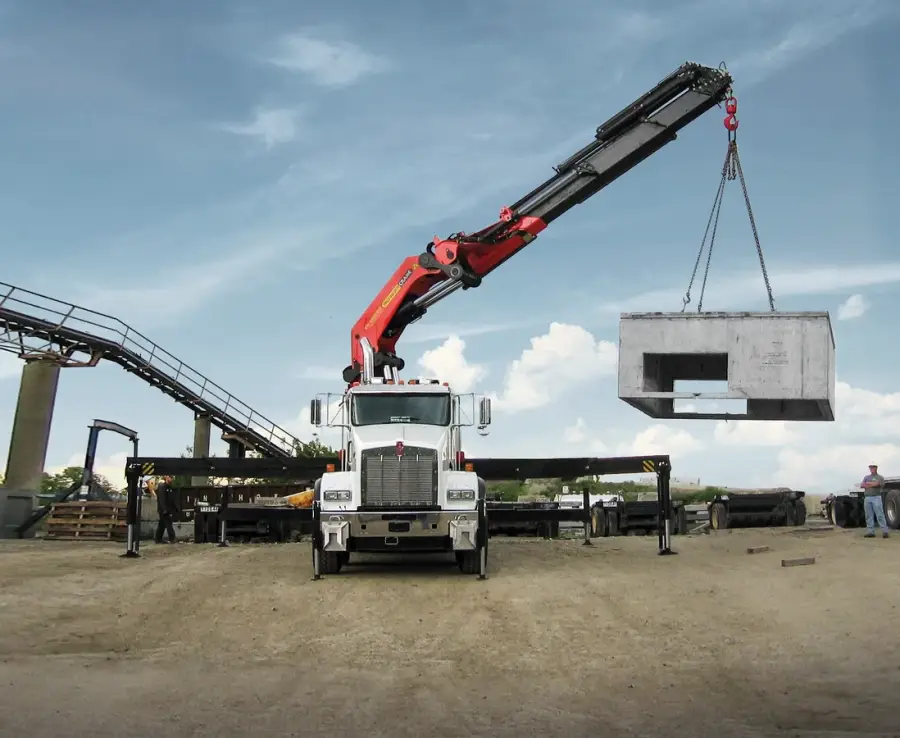
Why Adoption Will Continue to Accelerate
Growth in Urban and Constrained Projects
Urban construction and redevelopment projects continue to expand, and these environments require precise lifting within compact footprints. Knuckle boom cranes are well suited for tasks such as rooftop placement, material handling in alleys and tight mechanical installations. As cities grow denser and space becomes more limited, demand for these machines is likely to increase, especially on projects where access routes are narrow or staging areas are limited.
Rising Focus on Efficiency and Cost Control
Project owners and contractors are seeking ways to minimise waste, reduce fuel use and shorten timelines. Knuckle boom cranes support these goals by reducing the need for multiple repositioning moves, lowering rigging complexity and enabling quicker completion of lift tasks. Their efficiency contributes directly to lower operating expenses and more predictable scheduling, which is critical when working under liquidated damages provisions or strict milestone dates.
Expanding Range of Applications
As technology evolves, the capabilities of knuckle boom cranes continue to grow. Remote control systems, enhanced stabilisation and improved hydraulic performance allow these cranes to take on tasks that were previously reserved for larger or more specialised equipment. This expansion of use cases supports wider adoption across industries, from utility line work and bridge maintenance to material delivery and industrial plant upgrades.
Knuckle boom cranes have become an essential lifting solution for contractors who prioritise efficiency, precision and adaptability. Their articulated design allows work in tight spaces, their controlled movement enhances safety and their versatility reduces the need for multiple machines. With growing pressure for faster and more cost effective operations, contractors increasingly view knuckle boom cranes as an investment that strengthens overall project performance. As job site requirements continue to evolve, the advantages of these cranes will likely make them an even more common sight across construction and industrial landscapes.


